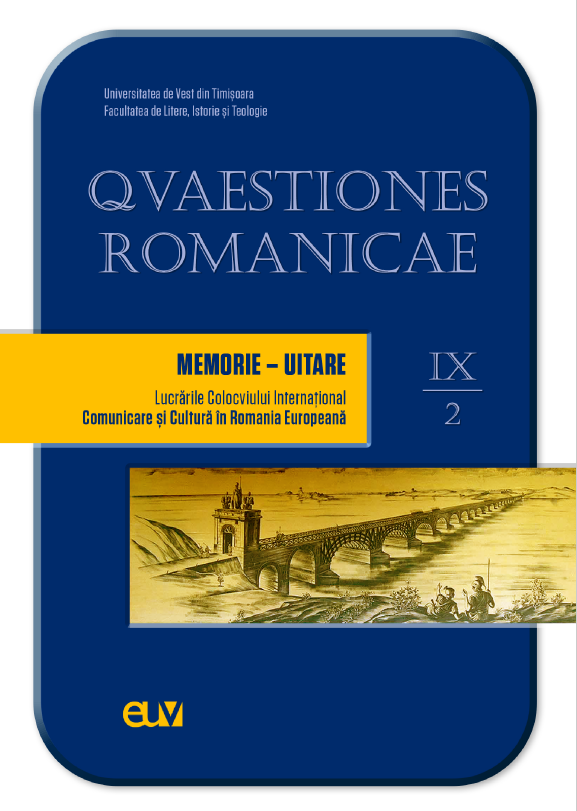Romanità, identità nazionale e americanismi nel cinema italiano degli anni Cinquanta. Made in Italy, intercomprensione linguistico-culturale e cineturismo a partire dalla Hollywood sul Tevere
Romanity and Americanism in Italian cinema in the 1950s: linguistic intercomprehension and Made in Italy starting from Hollywood on the Tiber
Author(s): Teresa BiondiSubject(s): Cultural history, Studies of Literature, Post-War period (1950 - 1989), Film / Cinema / Cinematography
Published by: Universitatea de Vest din Timişoara
Keywords: Rome; romanity; Made in Italy; Hollywood on the Tiber; Italian cinema;
Summary/Abstract: As the films of post-war Italian cinema and those of Hollywood on the Tiber show, the links of cultural interdependence between film and international perception of italianness were fundamental in the media and intermediary dissemination of national culture, as well as the basis of a socio-economic process leading to mass tourism to Italy, and to the development of Made in Italy. Specifically, the Made in Italy promoted and incentivised by the films themselves was used/represented in the works, and also narrated, not only as a complex set of commercial practices, but also as a cultural and behavioural one, since it was linked to the mutation of the national identity and to the ongoing economic recovery. At the same time, the reciprocal cultural interdependence between cinema and Italian identity was self-sustaining in the imagery of Romanity at the centre of most films of the 1950s, which recounted and represented cultural aspects of the Eternal City also in a transhistorical perspective, and as a paradigm of a more complex matrix of identity, on the one hand identifying Italianness, and on the other hand already open to Americanism and the psycho-socio- anthropological transformations underway, hybrid aspects of a new national identity which, at the advent of the economic boom, would present itself in a new modernist guise. This rich patrimony of material and immaterial culture today constitutes a precious documentary source for studies and for the recovery of the national identity and linguistic (and interlinguistic) memory, to be analysed precisely in its transformations and hybridisations that took place from the post-war period, when mass culture spread, based on the processes of human, cultural and linguistic intercomprehension, induced by the new forms of filmic narrative of modernity.
Journal: Quaestiones Romanicae
- Issue Year: IX/2022
- Issue No: 2
- Page Range: 142-159
- Page Count: 18
- Language: Italian

